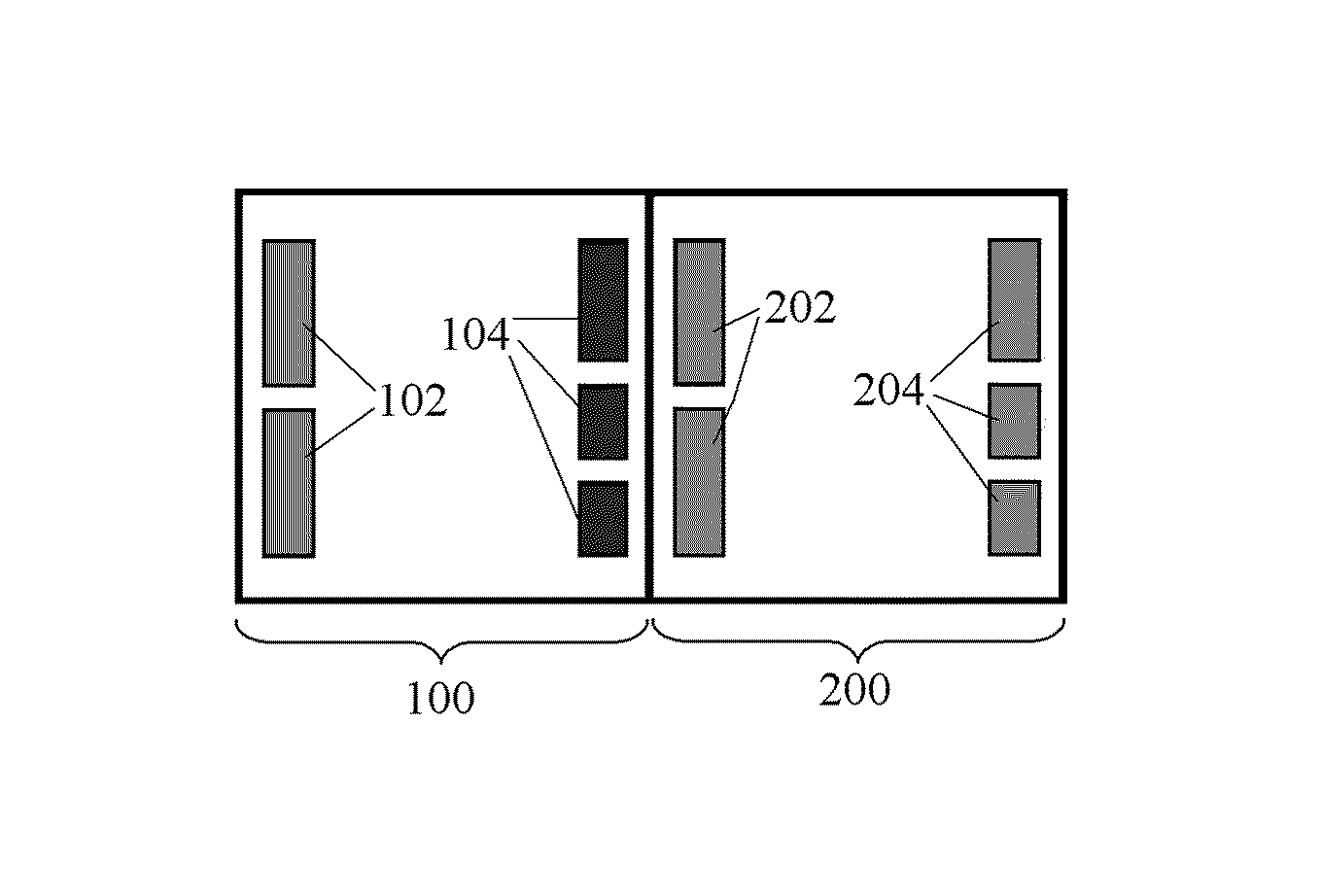Methods for cell boundary isolation in double patterning design
a double patterning and cell boundary technology, applied in the field of integrated circuit manufacturing processes, can solve the problems of double patterning technology not solving native conflict problems, features to short to each other, and the optical proximity effect posts an increasingly greater problem, so as to reduce the chip area usage of standard cells and reduce the design effort
- Summary
- Abstract
- Description
- Claims
- Application Information
AI Technical Summary
Benefits of technology
Problems solved by technology
Method used
Image
Examples
Embodiment Construction
[0016]The making and using of the embodiments are discussed in detail below. It should be appreciated, however, that the embodiments provide many applicable inventive concepts that can be embodied in a wide variety of specific contexts. The specific embodiments discussed are merely illustrative of specific ways to make and use the invention, and do not limit the scope of the invention.
[0017]A novel double patterning design method and the respective double patterning mask sets are provided. The variations of the embodiment are then discussed. Throughout the various views and illustrative embodiments of the present invention, like reference numbers are used to designate like elements.
[0018]FIG. 4 illustrates an embodiment of the present invention, which includes cells 100 and 200 abutting each other. Cells 100 and 200 may be standard cells that may be saved in a cell library and copied into the layout of integrated circuits. The standard cells may include, but are not limited to, inve...
PUM
 Login to View More
Login to View More Abstract
Description
Claims
Application Information
 Login to View More
Login to View More - R&D
- Intellectual Property
- Life Sciences
- Materials
- Tech Scout
- Unparalleled Data Quality
- Higher Quality Content
- 60% Fewer Hallucinations
Browse by: Latest US Patents, China's latest patents, Technical Efficacy Thesaurus, Application Domain, Technology Topic, Popular Technical Reports.
© 2025 PatSnap. All rights reserved.Legal|Privacy policy|Modern Slavery Act Transparency Statement|Sitemap|About US| Contact US: help@patsnap.com



